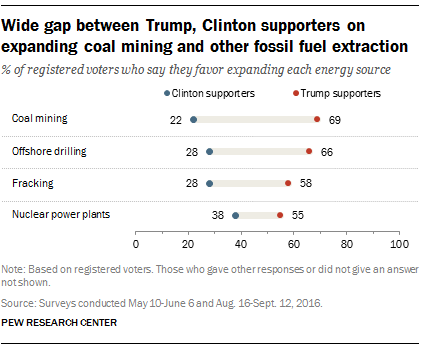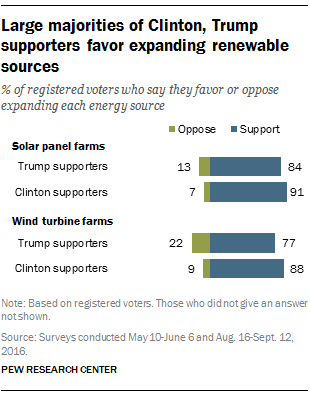Who: Thierry Lepercq, EVP of Research, Development and Innovation at Engie. Member of the executive committee. Engie is a global energy company with $78billion in revenues and 150,000 employees.
What: A discussion about the future of energy regarding the use of traditional power plants, transition to renewables and investing in innovative companies around the world.
Impact to You: Engie has sold its US portfolio of coal and gas power plants. It closed a 45 year old coal plant in Australia and sees mobility as a massive impact to the energy system. If they view the future to be without central power fueled by fossils, what does that mean to your business and your customers? Thierry may be paid to be a futurist but getting Engie to turn its business strategy into this direction matters to you.
Sometimes while in deep conversation with a leading energy executives, they say something extraordinary in such a casual way that unless you are paying attention, you might miss it.
I had that experience the other day when SolarWakeup had an exclusive conversation with Thierry Lepercq of Engie’s Executive Committee and the company’s EVP of Research, Development and Innovation, in which he made a bold prediction: Rotating-machinery electricity production—meaning all fossil-fuel and nuclear plants—are going away.
“That’s a given,” he said matter-of-factly, as if this as if it were common knowledge. I can attest, however, that I had never heard anyone say it out loud before—especially from someone leading the future for an energy company with 150,000 employees and over $75billion in 2016 revenues. After all, the Department of Energy and the Federal Energy Regulatory Commission are on a fast-tracked course to bail out failing and dissipative nuclear and coal plants at an enormous cost to taxpayers.
But Lepercq remained steadfast in his contention, even pointing to Engie’s decision in February to sell its U.S. assets and its decision to close its 1.6 GW-capacity Hazelwood Power Station in Australia, a brown-coal plant that had operated continuously for more than 45 years.
Lepercq added that Engie is not the only company that recognizes this reality. One of its partners, the EDF Group (a French company that operates in the United States with its EDF Renewable Energy subsidiary), declared on Monday that it would add 30 GW of solar capacity in France by 2035.
“I’ve had this conversation with their research-and-development head, and we’ve established a joint working group with them to determine how you make a grid with 60% renewables work,” Lepercq said. “And we are in the process of figuring it out.”
The more I thought about what Lepercq was saying, the more I thought he might well be right. Even though the most visible manifestations of this idea are taking place in Europe and the current U.S. administration is doing its level best to scuttle plans like them in this country, there are signs the utilities are already seeing the writing on the wall.
After all, despite President Trump’s most energetic efforts, a survey of U.S. utilities last year revealed that coal plants representing 15,6 GW of capacity will come offline in the next 12 years, no matter what regulatory dismantling takes place.
And the pace of coal-plant retirements is staggering. The survey also reported that enough coal-fired plants to generate 20.5 TWh of energy production annually are coming off the books this year.
Will the United States ever completely retire rotating-machinery electricity plants? That’s hard to imagine in the current political climate, but with visionaries like Lepercq and the team at Engie leading the charge around the world—essentially showing us the way forward.



